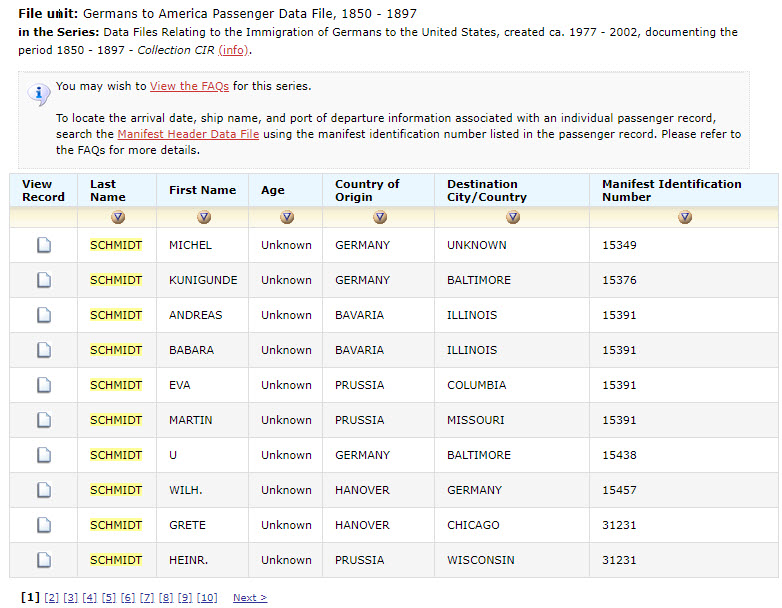
Is a database a source? Of course, of course!
As researchers, we can use anything as a source. The issue is whether its information is reliable.
Before we can reach any decision about the accuracy of a single source, we need numerous pieces of evidence to compare against each other. Logically, we gather all those pieces of evidence by recording whatever we find that is relevant, whenever we find it—even sources that are questionable.
In the case of databases, we’re immensely grateful for those we find. We can then use the source information provided within the database or its background discussion to backtrack to the original from which we can
- determine whether the database entry is error-free; and
- glean whatever other information or clues might be in the record that was not cherry-picked into the database.
But what if the database does not include sources? At least it offers clues1 we can pursue.
1. For the distinctions between clues and evidence, see Elizabeth Shown Mills, "Is It Evidence or 'Just a Clue'?," blog post, QuickTips: The Blog @ Evidence Explained (https://www.evidenceexplained.org/quicktips/is-it-evidence-or-just-a-clue : posted 15 September 2018).
IMAGE SOURCE: “Germans to America Passenger Data File, 1850 to 1897, database, National Archives (https://www.archives.com/genealogy/records-germans-to-america-passenger-index.html : accessed 13 November 2018), query for “Schmidt.”
HOW TO CITE: Elizabeth Shown Mills, "Is It Evidence or 'Just a Clue'?," blog post, QuickTips: The Blog @ Evidence Explained (https://www.evidenceexplained.org/quicktips/is-it-evidence-or-just-a-clue : posted 13 November 2018).